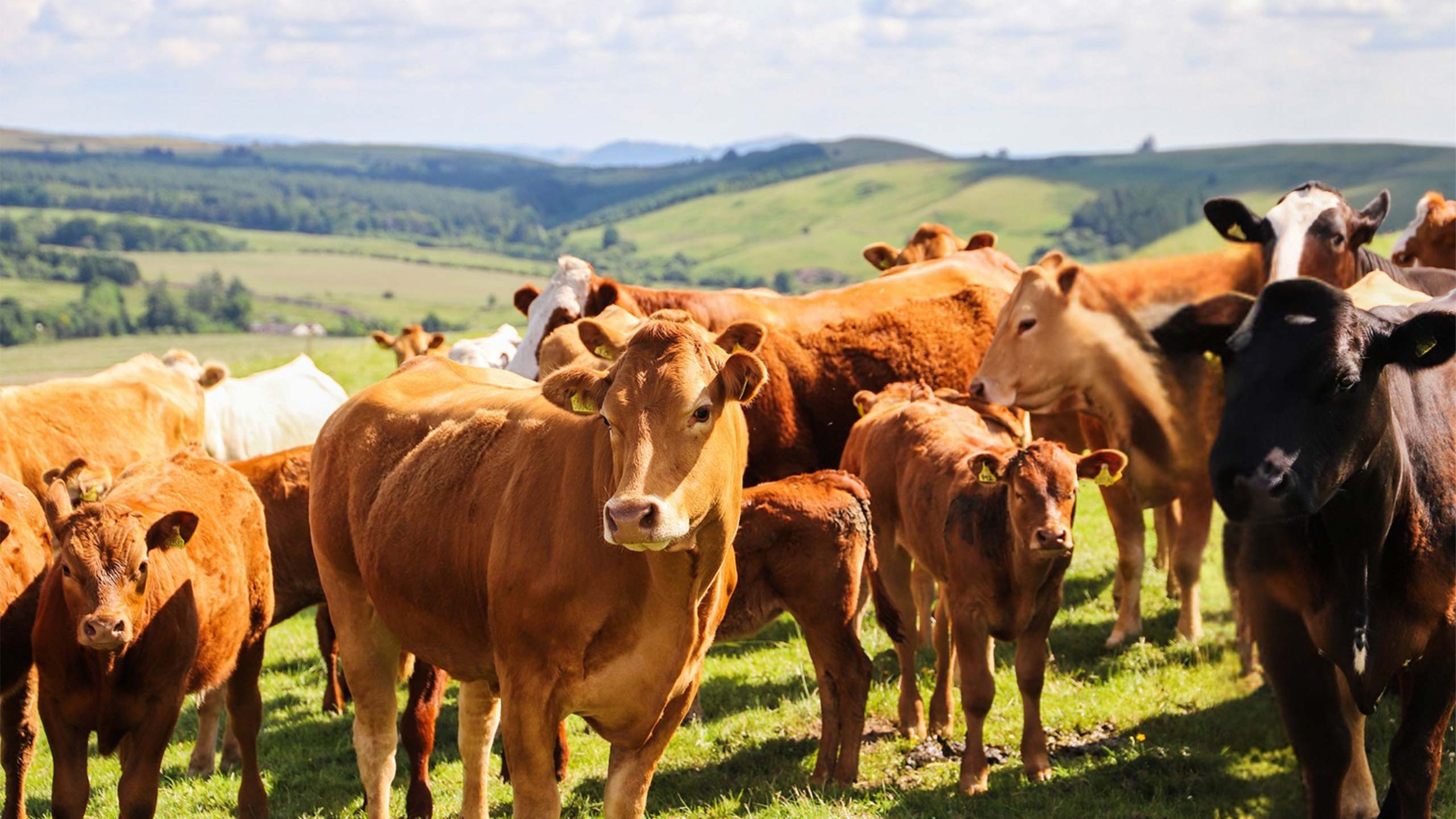Welsh livestock farmers tackle emissions with new data
 Rhys Davies' dairy herd at Moor Farm near Holywell © Mentera
Rhys Davies' dairy herd at Moor Farm near Holywell © Mentera Twelve Welsh farms have completed carbon footprint assessments, the results of which have highlighted the importance of understanding their data to drive efficiency and boost consumer appeal.
The farms are part of the Farming Connect Our Farms Network, and the assessments used the Agrecalc Cloud farm carbon calculator.
Getting a better understanding of their on-farm data has helped farmers understand how their management practices influence both their greenhouse gas (GHG) emissions and their on-farm carbon stocks.
See also: 16 Welsh farms paid for novel on-farm research
Understanding the data, Farming Connect said, could also lead to reduced production costs, and allow farmers to highlight their environmental efforts, potentially boosting their market appeal to consumers.
Low emissions
Flintshire dairy farmer Rhys Davies, who farms with his parents, Dei and Heulwen, at Moor Farm near Holywell, said the assessment had been a very useful exercise.
The Davies family produce milk from 113 pedigree Holstein Friesians and their herd, which calves in an eight-week block in April and May, currently averages 7,500 litres/cow/year at 4.6% butterfat and 3.67% protein.
The assessment highlighted that the emissions generated on their farm are below the UK average for farms of the same enterprise, running a similar system.
Emissions from the dairy enterprise in 2023 equated to 1.09kg carbon dioxide equivalent (CO2e) per kilogram FPC milk, compared with the 1.19kg CO2e/kg average for similar UK farms using the Agrecalc Cloud calculator.
“We now have the information and can assess where we are doing well on emissions, and where we can improve, although it is reassuring that we compare well to the carbon dioxide equivalent figure for the average milk producer,’’ said Mr Davies.
Focus on sheep flock improvements
Meanwhile, an upland livestock farm in Montgomeryshire is putting measures in place to increase productivity in its ewe and suckler cow enterprises to further reduce emissions.
Glyn and Chris Davies, who currently farm beef and sheep at Awel y Grug, Cefn Coch, Montgomeryshire, will focus going forward on improving the sheep flock.
Emissions for lamb produced by their crossbred flock stood at 32.11kg CO2e/kg deadweight, compared with the national average of 25.94kg CO2e/kg deadweight.

Glyn and Chris Davies’ beef herd © Mentera
The sheep enterprise, which currently consists of 650 crossbred ewes, was responsible for 68% of the farm’s total emissions, while the 30-cow Limousin-cross beef enterprise accounted for 32%.
Feed digestion was the biggest emissions hotspot, accounting for 70% of total emissions in the beef herd and 77% in the sheep flock.
The Davies now want to increase ewe numbers to 900, with 200 ewe lamb replacements each year, and are giving up the beef herd.
By running a closed flock, they hope to keep diseases at bay, further increasing flock productivity.
Chris said: “The results from this baseline audit correspond with several aspects of the farming system that I’m targeting for improving, including reducing input costs by growing red clover leys, which has sped up lamb finishing times and reduced purchased feed costs.”
